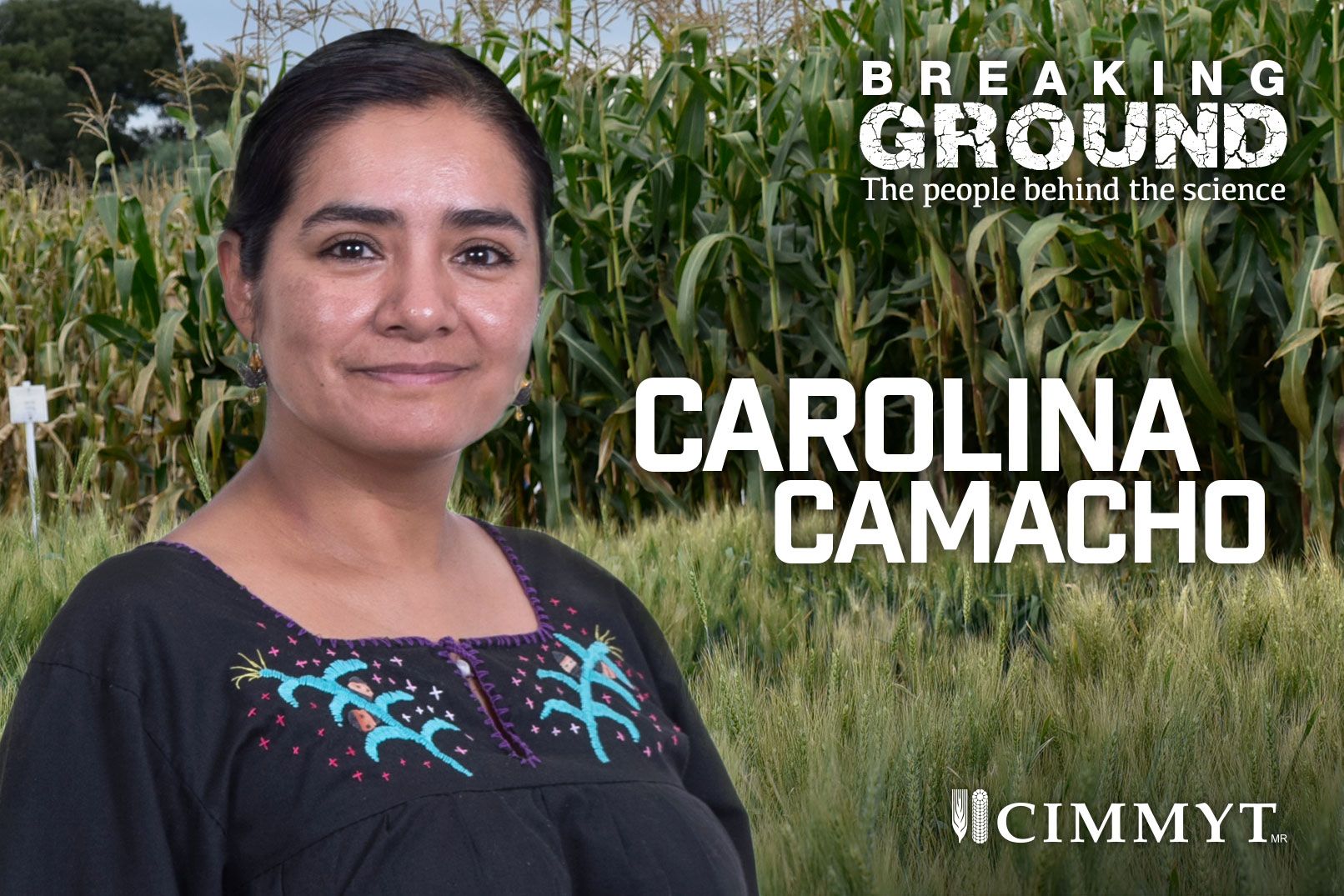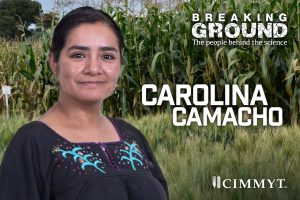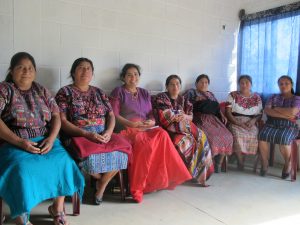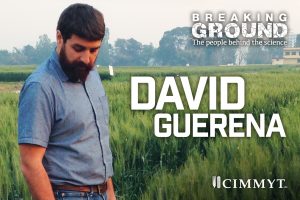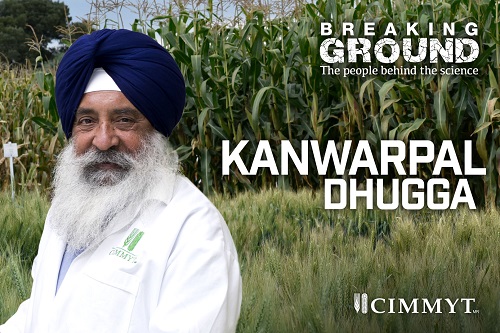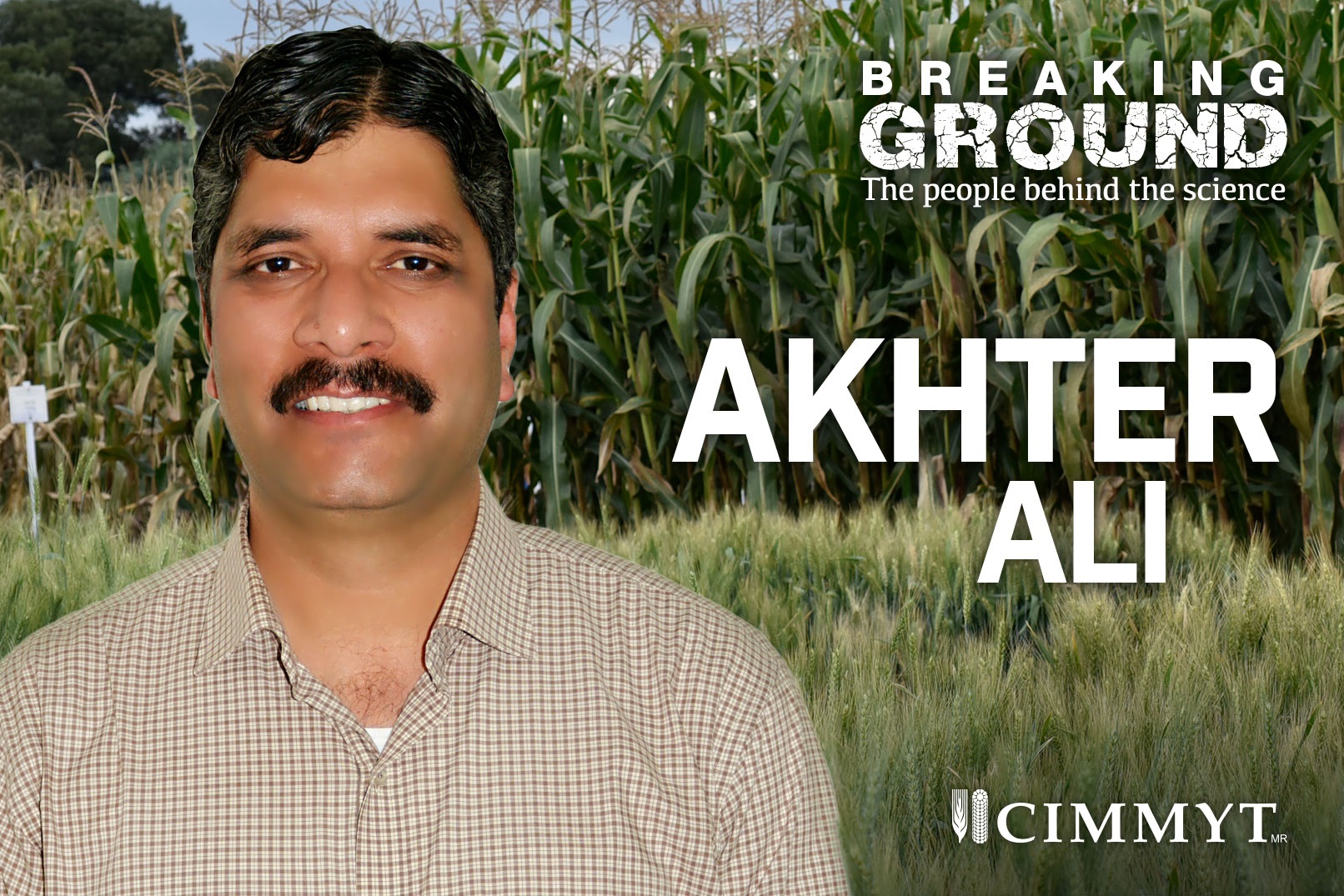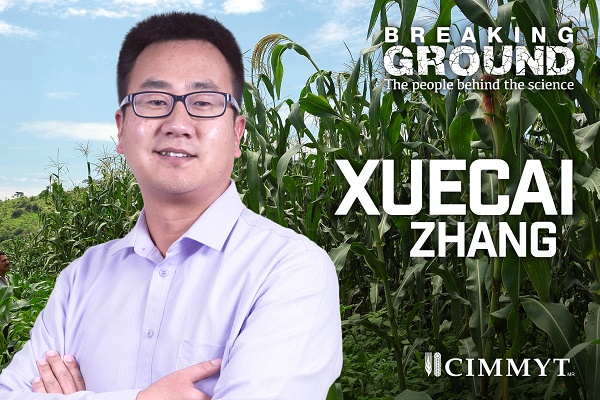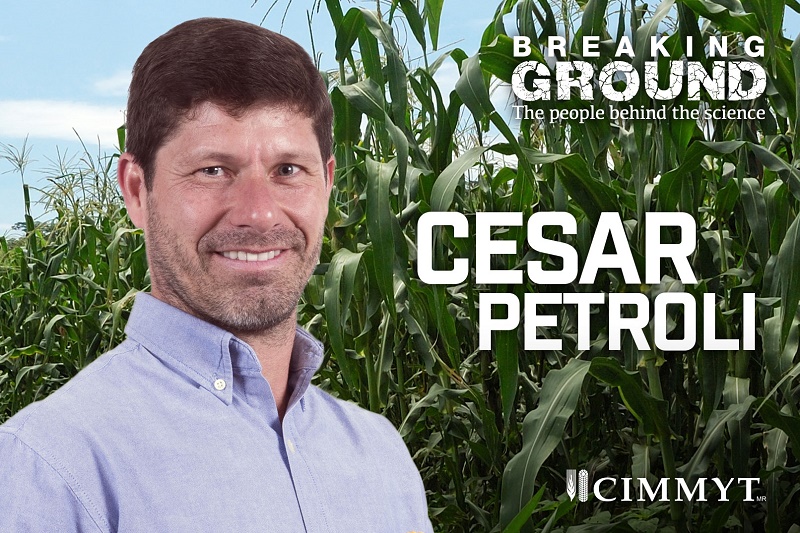Next generation hunger fighters call education key to a food secure future
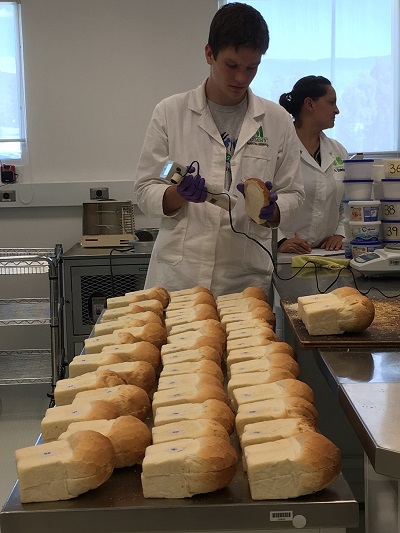
EL BATAN, Mexico (CIMMYT) – Education and partnership are essential to improve food security and ensure lasting world peace, two next generation hunger fighters interning at the International Maize and Wheat Improvement Center (CIMMYT) said in an interview for International Youth Day.
Research into agricultural innovation and cross-sectoral partnerships are the stepping-stones to overcome challenges that threaten our ability to produce enough nutritious food to meet growing global demand, said Jorge Del’Angel, an agricultural engineering student.
Del’Angel along with fellow intern Jonathan Poole are spending two-months at CIMMYT learning from some of the world’s top agricultural minds as part of the prestigious Borlaug-Ruan Internship program supported by the World Food Prize (WFP).
“I believe that education can fix a lot of global problems,” Del’Angel said. “We all understand that food security is a challenge but to understand that it’s a global problem we’ve got to build connections that allow people to learn and work together.”
With our ability to feed ourselves facing intensifying pressures from resource depletion, mounting inequality and the challenges of climate change, the internship program provides important training for a new generation of agricultural champions, said CIMMYT cropping systems agronomist Ravi Gopal Singh.
“Exposing youth to agriculture early is crucial to shaping their careers,” said Singh, who supervises Del’Angel at CIMMYT.
By taking an interest in agri-food systems, youth learn about challenges facing the world, and become ambassadors for spreading the word about how agriculture builds livelihoods and ensures peace, said Poole, who is shadowing nutrition experts at CIMMYT.
“No matter what age you are you can help tackle food insecurity,” he added.
Achieving a world free of hunger and eliminating poverty are essential conditions to pave the way for lasting world peace and are an essential part of the U.N. 2030 Agenda for Sustainable Development. The World Bank estimates economic growth from agriculture is up to four times more effective at reducing poverty as growth originating from other sectors.
The United States based internship program is unique in that it engages high school and college students in hands-on contemporary research at world-class institutions addressing food security issues at the a time when they are deciding their academic pursuits and careers, said Lisa Fleming, the Director of International Internships and Career Development at the WFP.
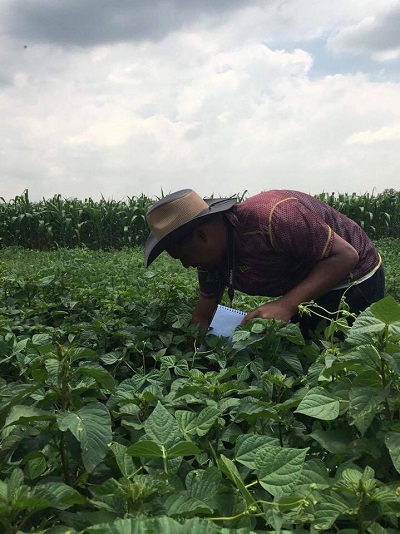
“We endeavor to involve youth participants in ways that allow them to approach food security with a feeling of personal responsibility, understanding and engagement in a fashion that does not bore, frighten or leave them feeling hopeless or fearful for their future,” Fleming said. She added that for interns hosted at CIMMYT in Mexico, “it is evermore inspiring for our young interns to have the opportunity to walk the halls and test fields in Dr. Borlaug’s footsteps.”
Norman Borlaug, 1970 Nobel Peace Prize laureate and original hunger fighter, dedicated his life to working against food insecurity as a lead researcher at CIMMYT and with groups around the world. The Borlaug-Ruan internship stems from his legacy and places youth in real-world science, agricultural and food security issues, helping to build an effective succession plan for identifying and developing new, innovative leaders to feed the world.
CIMMYT has hosted Borlaug-Ruan interns since the inception of the program in 1998, annually hosting numerous summer interns in Mexico with additional students mentored over the years in Turkey and Thailand.
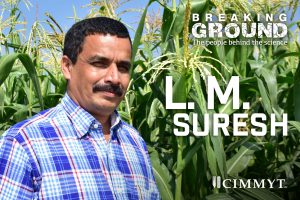
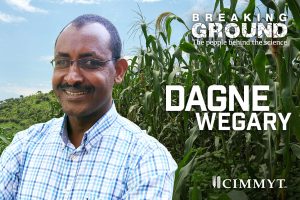
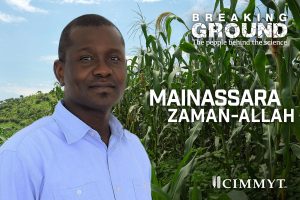
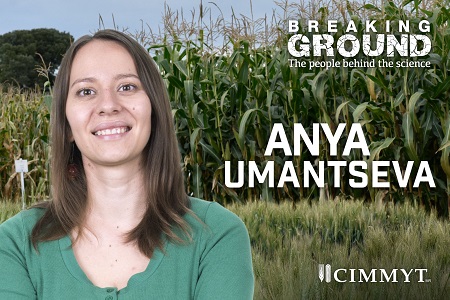
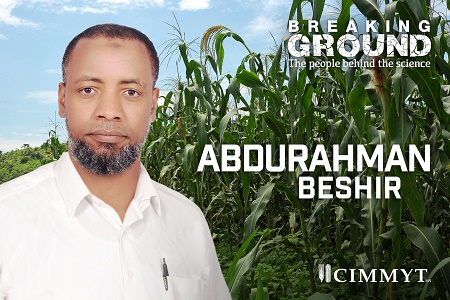

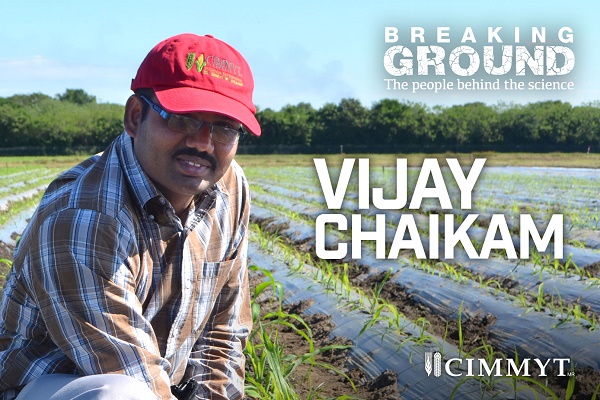 Breaking Ground is a regular series featuring staff at CIMMYT
Breaking Ground is a regular series featuring staff at CIMMYT